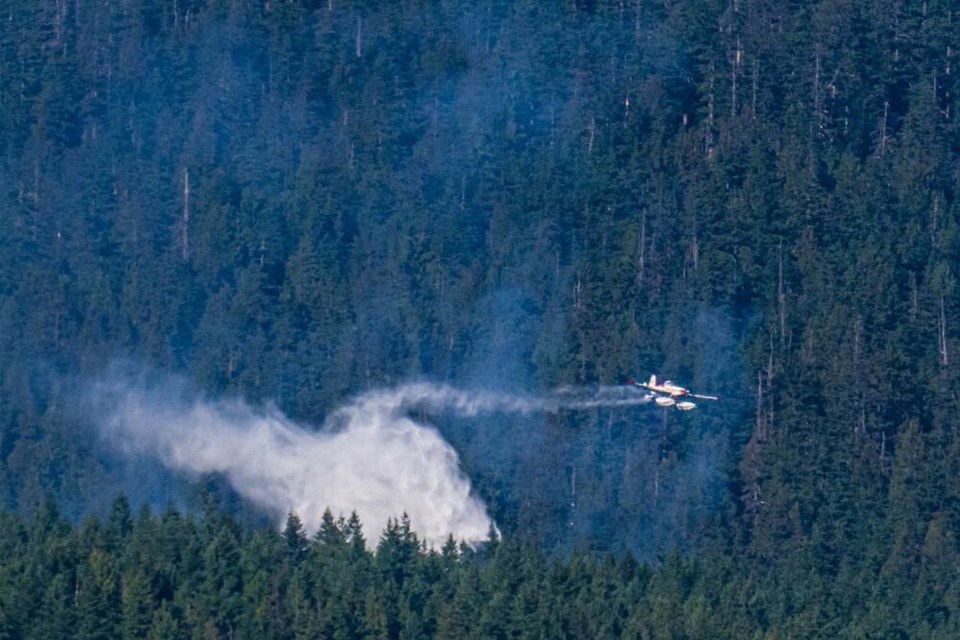As a record number of B.C. wildfires displace people from their homes, the province is providing new funding to help several communities prepare for emergency evacuation events.
Through the Community Emergency Preparedness Fund, the North Shore is receiving $90,000 to strengthen operational readiness for evacuations, across the three local municipalities.
The grant will help agencies make better decisions in future evacuations, and go toward a large-scale exercise planned for next year, says Emily Dicken of North Shore Emergency Management.
The organization has what’s called a common operating picture, a web-based platform that helps NSEM make and track operational decisions.
“This grant funding will allow us to take the data that we already have and digitize it, to really help us model real-life events as they’re unfolding on the ground, and help us move through evacuation procedures and processes,” Dicken said.
The funding will also help strengthen relationships between West Vancouver and North Vancouver city and district by putting on “a fairly large scale exercise – working with first responder agencies, the various municipal departments that support evacuation – and help us simulate an event that will help us respond when the real thing happens,” she said, adding that the exercise is tentatively planned for late spring 2024.
In a disaster scenario, NSEM would be working closely with technical experts – local fire chiefs and BC Wildfire Service in the event of a wildfire, or geotechnical experts during a landslide event – relying on that hazard-specific expertise to inform the emergency operations centre if an evacuation order needs to be issued, Dicken explained.
On the North Shore, that would mean notifications going out through the Altertable app, which Dicken said everyone who lives in the region should download. It could also mean door-to-door communication. Or, in a very serious event, so-called broadcast intrusive messaging – like the amber alerts issued in July after two children were allegedly abducted.
And in disaster events, it’s also important to communicate who shouldn’t be evacuating, potentially clogging up critical evacuation routes.
To understand how to safely move people from Point A to Point B, “we recognize that traffic is a huge consideration on the North Shore,” Dicken said. “One of the things that we will be messaging out if an evacuation is required is that for those who do not need to be on the road, who are not within the evacuation area, it is very important that they stay in place.”
“It’s recognizing that quite often in these events, we’re not going to be looking at moving everybody off the North Shore,” she said. “Generally speaking, for the hazards that we face on the North Shore, they’re localized events that we’re going to be moving people from one impacted area of the North Shore to another.”
Be prepared to evacuate anytime
In the meantime – when there are no active evacuation orders – Dicken stressed that people should prepare their homes and families now for when such an order might come down in the future.
On the North Shore, that means downloading the Alertable app, and being prepared to leave home very quickly.
“So, making sure that they have an evacuation and reunification plan with their families, on how they can remain connected. But also to have a grab-and-go kit so … they have some of their critical personal documentation, any medication, and anything that they want to have at the ready,” Dicken said.
The Alertable app, as well as the North Shore evacuation guide, can be found on NSEM’s website.




